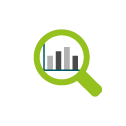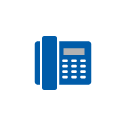West Leeds Family Practice provide services to 20,069 patients in the Leeds area across 3 sites – Glenlea, West Lodge and Calverley. A total of 61 clinical and non-clinical staff were using the Redcentric telephony system, with 22 of these call handlers. The practice was seeking ways to improve efficiency by using the Redcentric VoIP telephony system.
Like many GP surgeries the practice had experienced unprecedented demand in the post Covid period and beyond. Staffing levels were adding to pressure on already busy call handlers with the result that resourcing phones was extremely challenging. As a result, complaints from patients had increased, with some queuing for up to an hour within the phone system.
Winter pressures, including sickness and absence of staff were also impacting service delivery.
Lisa Lowe, Senior Administrative Assistant explained:
“We needed a different way of working. Absence and sickness meant that resourcing phones continued to be a challenge even post pandemic, because Covid and other viral illnesses are still widespread and are affecting both staff and patients.”
The Redcentric telephony system gives us a lot more flexibility. We can quickly make changes to messaging and channel calls to different teams and decide how we can adapt the way our teams work.
The West Leeds Practice turned to their CCG Telephony Admin to help them with a solution to reduce queues.
A dedicated dashboard was set up for the practice which showed the Redcentric call analytics. Call volumes could now be clearly seen, and peak call times viewed against staff resourcing. Two Practice Managers were set up to access the dashboard and a further licence was used to display the dashboard in the practices.
Call analytics – Now that the practice had clear visibility of call volumes and could see how long patients were waiting, how long calls were and how many staff were available to handle calls, they were able to determine how to improve workflows and resourcing. Pinch points were identified, with call volumes peaking first thing in the morning and again between 12:00 and 13:00. They decided to create a dedicated Booking service advisor team which would operate between 08:00 and 14:00.
Resourcing – A recruitment drive meant that from July 2022 an additional 13 staff were added to the practice, including admin and reception staff. All new staff needed training and time to build knowledge of both the general practice workflows as well as the telephony system. However, this did represent a net addition of 7 staff. The Bookings team was created which consisted of 6 staff.
Call routing – A dedicated Booking Service Advisors Team were set up with a total of 6 staff handling calls between 08:00 – 14.00, taking calls for all 3 sites. In addition to this, the 3 reception teams also answered calls between 8.00 – 8.45 and 12.00 – 13.00 to provide help at peak call times during the day.
Patient calls were either answered or routed to a dedicated Bookings call queue. The call queue continued to be handled by the Bookings team beyond the 14:00 bookings window until all calls were closed down.
Efficient workflows – The Bookings team was more effective because workflows were streamlined, and they could focus on one type of task. The training of new staff was much easier as it could be tailored to their needs. In addition, the Bookings team released time and reduced pressure on reception teams helping them to handle general enquiries including things like communicating patient results and completing admin.
At 14:00 the general reception team began to pick up appointments calls as part of their general inbound patient calls.
It’s given us a better understanding of what’s happening and allowed us to make decisions which drive efficiencies and improve outcomes for patients.
Increased efficiencies – The creation of the call analytics dashboard and call routing to the Bookings team increased efficiencies and reduced call wait times with the result that patient complaints relating to how long patients have had to wait on the phone to get a response have fallen.
Management information – The Call analytics dashboard now provides Practice Managers with intelligence enabling them to clearly identify where additional resource needs to be allocated, how to improve workflows and how to create efficiencies.
Early analysis undertaken by the CCG on behalf of the West Leeds Family Practice in the 3 months October to December 2022 following implementation showed initial quantifiable improvements:
